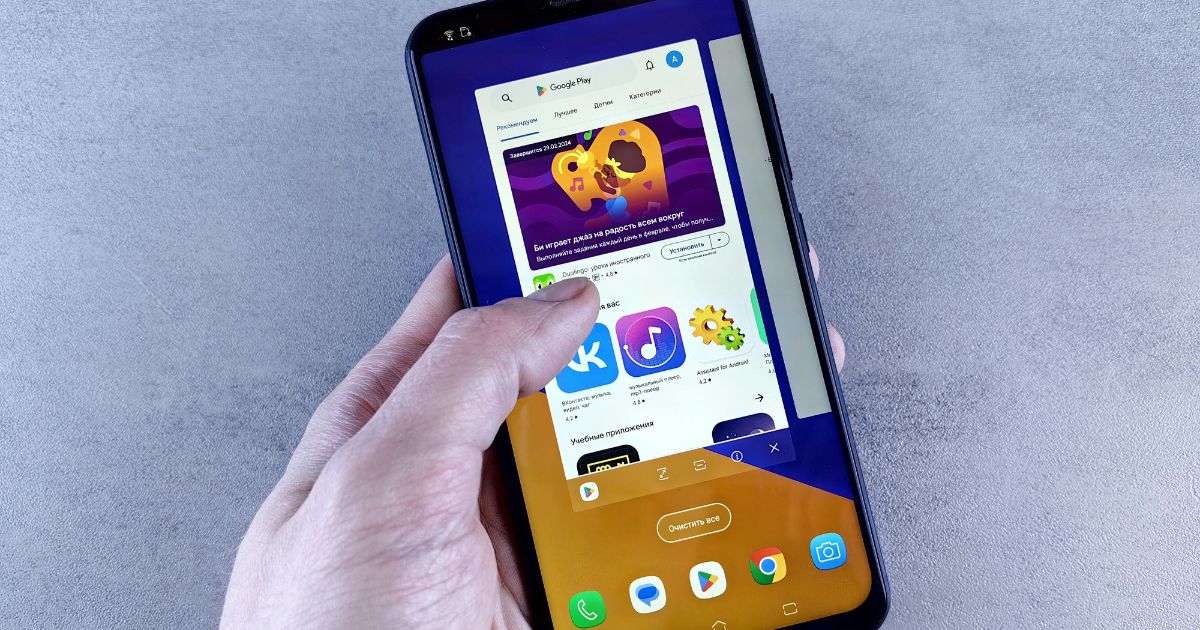Mobile apps have become an integral part of our lives, and with the increasing use of smartphones and tablets, the need for mobile app security has never been more critical. Mobile apps are vulnerable to cyber-attacks, which can result in the theft of sensitive data, financial loss, and reputation damage. Therefore, it is crucial for businesses to prioritize mobile app security to protect their users and data. In this article, we'll discuss the best practices for mobile app security and how businesses can implement them to safeguard their mobile apps.
1. Secure Data Storage
The first and foremost step in mobile app security is securing data storage. Mobile apps must use secure data storage mechanisms, such as encryption, to protect sensitive information such as user credentials, financial information, and personal data. Encryption ensures that data is unreadable and unusable even if it is intercepted by an unauthorized party. It is essential to encrypt both data at rest and data in transit to prevent data breaches.
2. Authentication and Authorization
Authentication and authorization are essential aspects of mobile app security. Mobile apps must ensure that users are who they claim to be and that they have the right level of access to the app's data and functionality. Implementing strong authentication measures such as two-factor authentication (2FA) and multi-factor authentication (MFA) can add an extra layer of security to the app.
3. Regular Updates and Patches
Mobile apps must be regularly updated to ensure that any security vulnerabilities are addressed promptly. Security patches and updates are essential for mobile app security as they fix any identified vulnerabilities and enhance the app's security. App developers must stay on top of security patches and update the app regularly to ensure that the app's security features are up-to-date.
4. Access Control
Access control is another crucial aspect of mobile app security. Mobile apps must limit access to sensitive information and functionality to authorized users only. It is essential to implement access controls, such as role-based access control (RBAC) and attribute-based access control (ABAC), to restrict access to data and functionality based on a user's role and privileges.
5. Threat Detection and Response
Mobile app security must include measures to detect and respond to security threats promptly. Implementing tools and techniques such as intrusion detection systems (IDS), intrusion prevention systems (IPS), and real-time monitoring can help detect security threats and take corrective measures before they result in a data breach.
6. Conclusion
Mobile app security is critical to protect user data and prevent data breaches. Businesses must prioritize mobile app security and implement the best practices discussed above to safeguard their mobile apps. Implementing secure data storage, authentication and authorization, regular updates and patches, access control, and threat detection and response measures can help businesses ensure that their mobile apps are secure and their users' data is protected. By prioritizing mobile app security, businesses can build trust with their users, avoid costly data breaches, and protect their reputation in the marketplace.
Not sure whether or not your technology is secure? Check out code review services and see if your company's technology is due for a code review.








